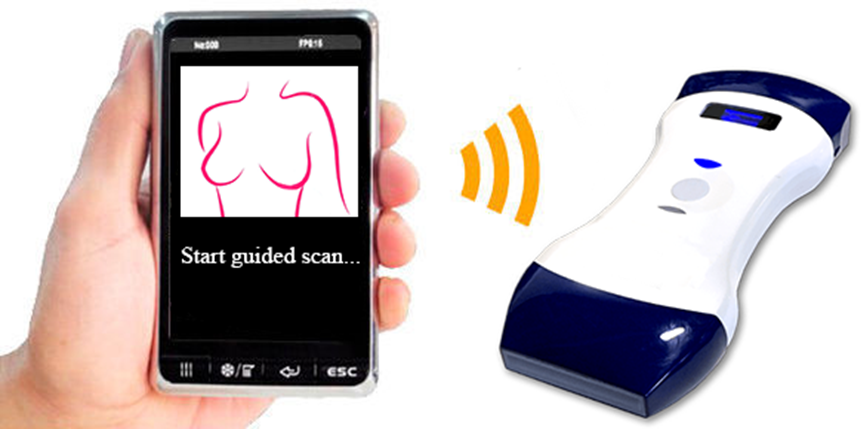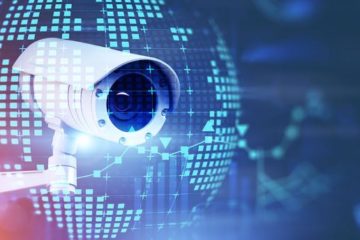
SABREEN
Smart Assistant for BREast screENing
SABREEN is the solution designed by HTLab (Healthcare Technology Lab), patented with the obligation of humanitarian use, developed in collaboration with the staff of vEyes, the Computer Science Department of the University of Verona, the Department of Electrical, Electronic and Computer Engineering of the University of Catania and the CNIT (National Inter-University Consortium for Telecommunications), in order to allow young women to perform breast ultrasound screening independently, using a linear probe connected to an Android smartphone and to detect the presence of suspicious masses through an artificial intelligence system, so as to send an alert to a senology center assigned by SABREEN, for the necessary clinical evaluations and the subsequent convocation to visit the patient.
Breast ultrasound, in fact, is an optimal diagnostic tool for testing a young breast (generally under 40 years of age, or in any case in fertile age, which can extend statistically up to 48 ÷ 50 years), which has a glandular component very rich, difficult to explore radiologically with a mammogram. After the age of 50, SABREEN still does not lose efficacy, as it can still be used for breast screening. However, it becomes advisable to place side by side a mammogram (which SABREEN will suggest to the patients to carry out, each time they perform the test, if the age is compatible with what indicated above).

